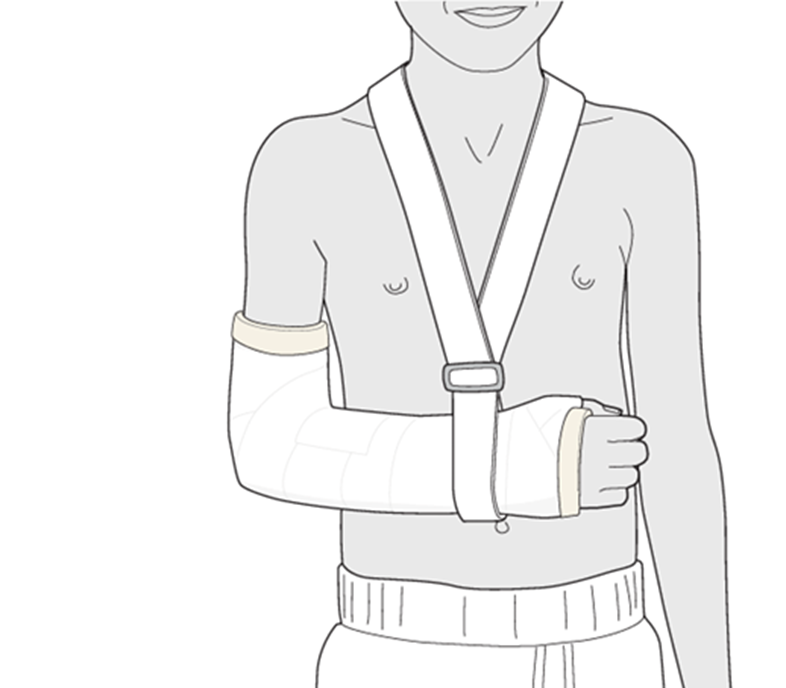A nurse is contributing to the plan of care for a client who has viral meningitis. Which of the following interventions should the nurse recommend?
Measure the client's intake and output every 8 hr.
Dim the lighting in the client's room.
Monitor the client's temperature every 6 hr.
Initiate contact precautions for the client.
The Correct Answer is B
Choice A Reason:
Measuring the client's intake and output every 8 hours is a general nursing intervention but might not be specifically pertinent to managing viral meningitis.
Choice B Reason:
Dim the lighting in the client's room is correct. Meningitis often causes sensitivity to light (photophobia) due to the inflammation of the meninges surrounding the brain and spinal cord. Dimming the lighting in the client's room helps reduce discomfort and sensitivity to light, which is a common symptom of meningitis.
Choice C Reason:
Monitoring the client's temperature every 6 hours is a routine nursing practice, but in viral meningitis, more frequent temperature monitoring might be necessary, especially if the client shows signs of fever or instability.
Choice D Reason:
Initiating contact precautions for viral meningitis is not typically necessary because it's usually transmitted through respiratory secretions. Standard precautions for infection control, including proper hand hygiene, are usually sufficient.

Nursing Test Bank
Naxlex Comprehensive Predictor Exams
Related Questions
Correct Answer is A
Explanation
Choice A Reason:
The client's fingers are cool to the touch is correct. Coolness of the fingers within a short time after a cast application can indicate compromised circulation or potential compartment syndrome, which requires urgent attention to prevent tissue damage or loss of function. It suggests impaired blood flow to the fingers, which is a serious concern requiring immediate evaluation by the provider.
Choice B Reason:
The client reports severe itching under the cast is incorrect. While itching can be uncomfortable, it might not pose an immediate threat. Itching can commonly occur as the skin heals and can be managed through non-invasive means.
Choice C Reason:
The client's capillary refill is 3 seconds is incorrect. A capillary refill of 3 seconds is slightly prolonged but doesn't typically indicates an immediate emergency. However, if this finding worsens or if combined with other concerning symptoms, it might warrant further assessment.
Choice D Reason:
The client reports increased pain at the area of the fracture is incorrect. Increased pain after a cast application can be expected initially, especially within 2 hours of the procedure. However, persistent or severe pain could indicate issues like poor alignment, swelling, or other complications. While it's important to address pain, it might not require immediate reporting unless accompanied by other concerning symptoms.

Correct Answer is ["A","C","D"]
Explanation
Choice A Reason:
Maintaining skin integrity over the blisters is correct. Blisters form as a protective mechanism for the skin underneath. Popping or breaking blisters increases the risk of infection as it exposes the raw skin to bacteria and other contaminants.
Choice B Reason:
Applying ice to the larger blisters is incorrect.
Reason: Applying ice directly to a burn, especially to blisters, can further damage the skin and exacerbate the injury. Ice can cause additional skin damage and can potentially increase pain and delay healing.
Choice C Reason:
Administering ibuprofen for pain is correct. Ibuprofen is an effective over-the-counter pain reliever that can help manage the discomfort caused by a minor burn. It also has anti-inflammatory properties that can reduce swelling associated with burns.
Choice D Reason:
Running cool water over the affected area is correct. Running cool (not cold) water over the burn helps to cool down the burned area, soothes the pain, and helps prevent further damage to the skin. It's recommended to run water over the burn for around 10-15 minutes to effectively cool the area.
Choice E Reason:
Allowing the affected area to remain open to air is incorrect. Keeping a minor burn uncovered can increase the risk of infection as it exposes the burn to external contaminants. Covering the burn with a sterile, non-stick dressing can protect it from further damage and reduce the risk of infection.
Whether you are a student looking to ace your exams or a practicing nurse seeking to enhance your expertise , our nursing education contents will empower you with the confidence and competence to make a difference in the lives of patients and become a respected leader in the healthcare field.
Visit Naxlex, invest in your future and unlock endless possibilities with our unparalleled nursing education contents today
Report Wrong Answer on the Current Question
Do you disagree with the answer? If yes, what is your expected answer? Explain.
Kindly be descriptive with the issue you are facing.
